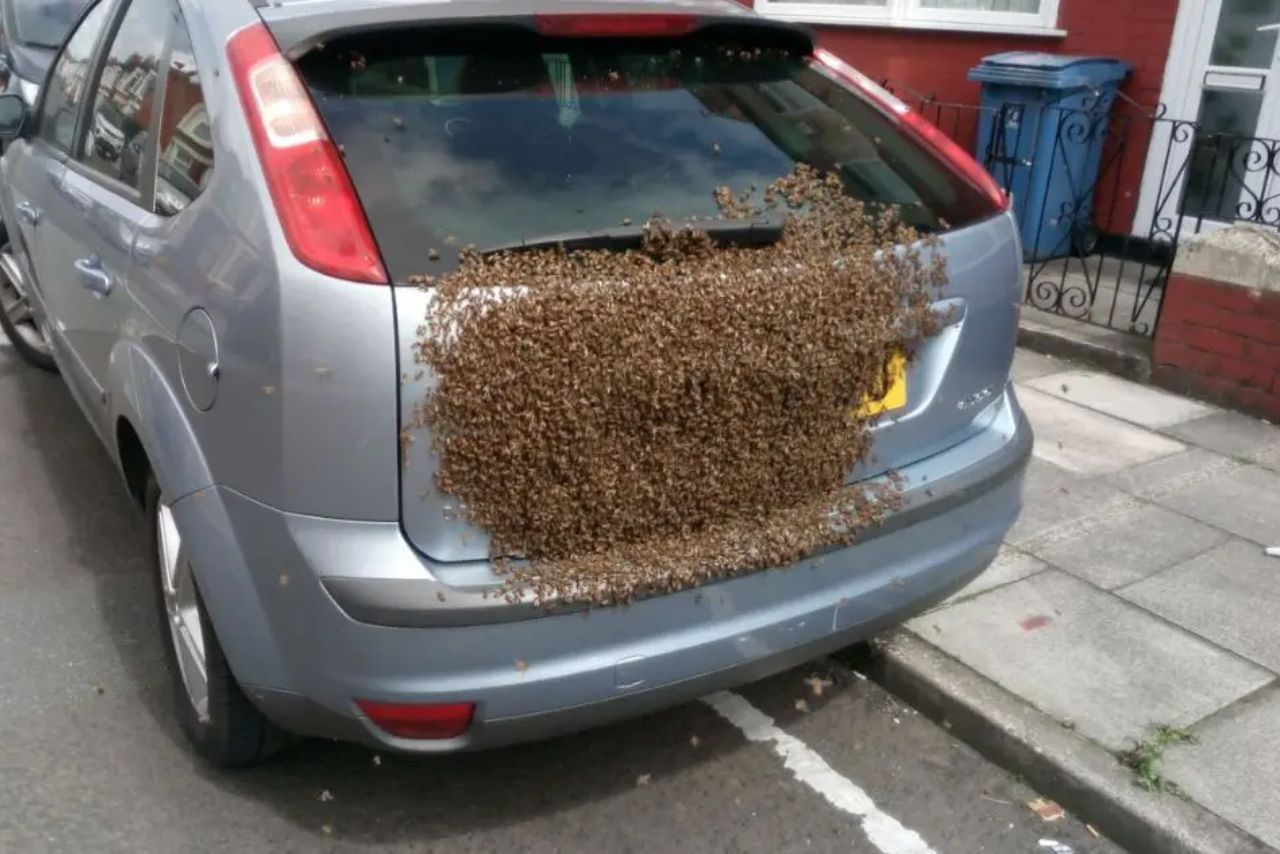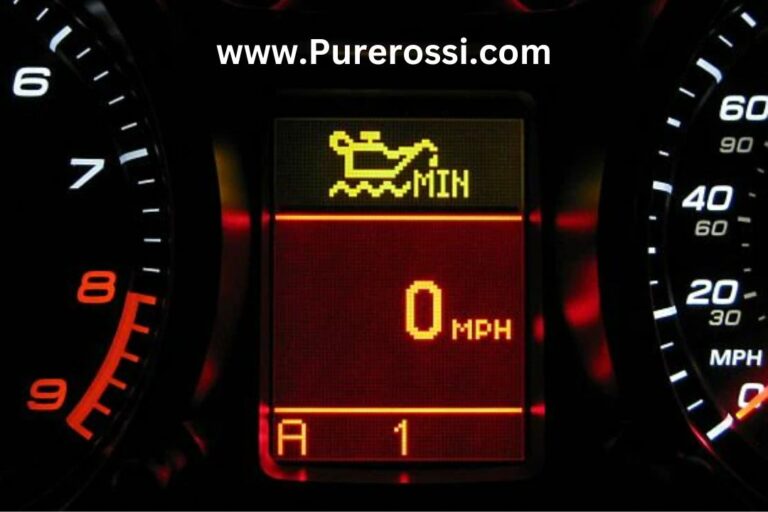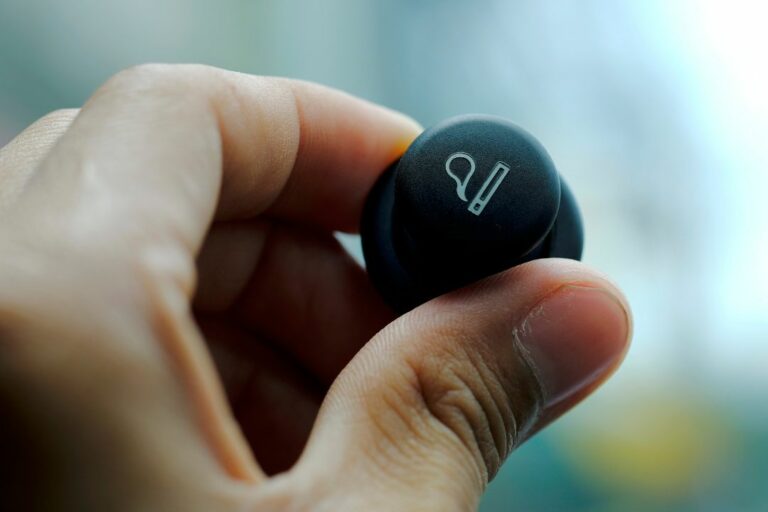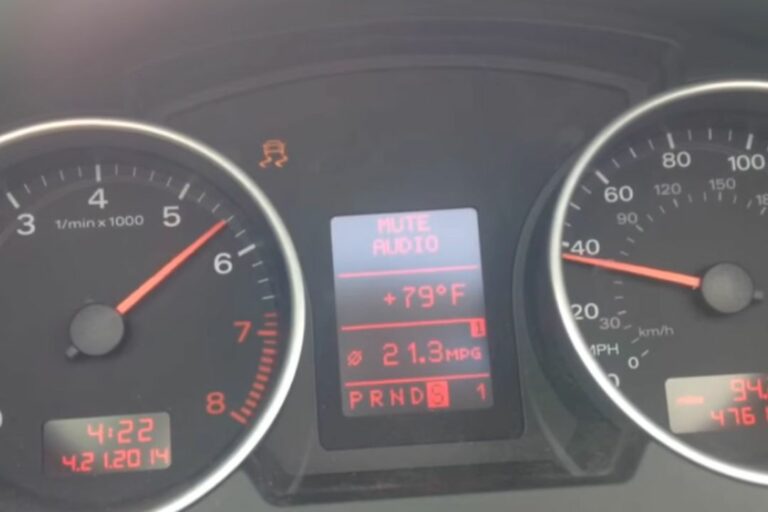Why Do Wasps Like Cars? (Debunking the Myth!)

Do you ever wonder why wasps seem to have an affinity for cars? Perhaps you’ve noticed them buzzing around your vehicle or even inside your car.
While it may seem like a random occurrence, there are actually several reasons why wasps are attracted to cars.
Why Do Wasps Like Cars?
Wasps are attracted to cars for a number of reasons, including heat, food, water, shelter, and color. If you have wasps swarming around your car, you can try to get rid of them by checking for food and water, sealing up any cracks or holes, using a wasp spray, or calling a pest control professional.
Firstly, it’s important to understand that wasps are highly sensitive to chemicals and odors.
This means that any lingering scents or spills in or on your car can be a major draw for these insects.
Additionally, cars also provide warmth and shelter, which can be appealing to wasps looking for a cozy place to rest.
In this article, we’ll explore the various reasons why wasps are drawn to cars, as well as the potential dangers of a wasp infestation in your vehicle.
We’ll also provide tips on how to prevent wasps from taking up residence in your car and what to do if you encounter these buzzing insects while driving.
Chemicals and Odors Attract Wasps to Cars:
You’ll notice that wasps are drawn to your car due to the chemicals and odors that emanate from it, making it a prime target for their attention.
These insects are attracted to the chemical composition of your vehicle, which can mimic the smells of flowers, fruits, and other food sources that wasps typically feed on.
This is especially true during the summer months when wasps are more active and searching for food.
Chemical attraction is just one reason why wasps like cars.
Another factor is the abundance of food sources that can be found in and around vehicles.
Wasps are omnivorous, meaning they feed on both plant and animal matter. They are particularly fond of sweet, sugary substances like nectar from flowers or ripe fruits.
This is why you might see wasps buzzing around your car’s air conditioning unit or near spilled juice or soda on the ground.
So, if you want to avoid attracting wasps to your car, it’s important to keep it clean and free of any food debris.
Warmth and Shelter Provided by Cars:
Cars can provide a cozy refuge for insects seeking warmth and shelter, especially during cooler seasons.
Wasps are no exception, as they’re known to seek out cars for the warmth and protection they offer.
The heat generated by a car engine can attract wasps seeking to warm up, while the tight spaces under car hoods or within wheel wells can provide shelter from the elements.
Here are some additional points to consider about why wasps are attracted to cars:
- Cars can offer a more stable and consistent source of warmth than natural environments, which can be subject to fluctuations in temperature.
- Insects like wasps may also be attracted to the materials used in car construction, such as plastics and rubber, which can give off heat and retain it for longer periods.
- The odors emanating from cars, such as gasoline and oil, can also act as a secondary attractant for wasps and other insects.
While it may be interesting to ponder why wasps are drawn to cars, it’s important to keep in mind the potential consequences of their presence.
Wasps nesting in or around cars can cause damage to electrical wiring or other components, potentially leading to costly repairs.
Additionally, if a wasp nest goes unnoticed and someone’s stung, it could lead to higher car insurance rates.
Therefore, it’s important to take steps to discourage wasps from making a home in or around your vehicle.
Nesting Habits of Wasps:
When seeking a place to build their nests, wasps will look for sheltered areas that provide protection from the elements.
They’ll also look for places with easy access to food sources, such as flowers or insects.
The nesting habits of wasps vary depending on the species, but generally, they’ll build their nests out of materials such as mud, paper, or saliva.
Environmental factors can also play a role in where wasps choose to build their nests.
For example, some species of wasps prefer to build their nests in areas with high humidity, while others may prefer drier areas.
Additionally, temperature can also be a factor, as warmer temperatures may be more suitable for some species of wasps.
Ultimately, the nesting habits of wasps are influenced by a combination of factors, including their behavior and the environment around them.
Dangers of Wasp Infestations in Cars:
The presence of wasp nests inside vehicles can pose a serious threat to the safety of passengers and drivers alike.
Here are some reasons why it’s important to remove wasp infestations in cars:
- Wasps can sting multiple times, and their stings can be very painful.
- If a driver’s stung while operating a vehicle, they may lose control of the car, leading to an accident.
- Passengers may also be stung, causing them to panic and possibly distract the driver.
- Large nests can obstruct the driver’s view, making it difficult to see the road and other vehicles.
It’s important to remove wasp nests from vehicles as soon as possible to avoid these dangers.
Professional pest control services can safely and effectively remove the nests.
Additionally, drivers can take preventative measures such as parking their cars in well-lit areas and checking for nests before getting into their vehicles.
Don’t let wasps turn your car into a dangerous environment. Take action to remove their nests and ensure a safe driving experience.
Prevention Techniques:
To prevent wasp infestations in your car, there are several effective techniques that you can employ.
- Firstly, it’s important to regularly clean and maintain your vehicle to ensure that it isn’t providing a hospitable environment for wasps to nest.
- Additionally, using natural repellents such as essential oils or vinegar can deter wasps from entering your car.
- Finally, sealing openings and cracks in the vehicle can prevent wasps from gaining access to the interior.
By taking these preventative measures, you can reduce the likelihood of a wasp infestation in your car.
Regular Cleaning and Maintenance:
You should regularly clean and maintain your car to prevent wasps from being attracted to it.
The importance of timely and thorough cleaning cannot be stressed enough.
Wasps are attracted to the residue of food particles, sugary drinks, and other sweet substances that may have been spilled on your car’s surface.
Regular cleaning and waxing will ensure that these substances are removed, leaving no residue that can attract wasps.
Weather conditions also play a significant role in car wasp attraction.
During the hot summer months, wasps tend to seek out cool and shaded areas, such as the interior of a car.
Regular cleaning and maintenance will help prevent the buildup of dust and dirt that can create a cool and shaded environment for wasps.
By keeping your car clean and well-maintained, you can reduce the likelihood of wasps being attracted to it and avoid the nuisance and potential danger of a wasp infestation.
Use of Natural Repellents:
Using natural repellents for wasps can be a helpful solution in keeping them away from your vehicle.
There are a variety of natural repellent options available that can be easily made at home.
These DIY wasp deterrents can be just as effective as store-bought options without the use of harmful chemicals.
One popular option is using a peppermint oil spray. Wasps are repelled by the strong scent of peppermint, so mixing peppermint oil with water in a spray bottle and applying it to the areas where wasps tend to gather can help keep them at bay.
Another natural option is using a mixture of vinegar and water as a spray. The acidic nature of vinegar is known to repel insects, including wasps. Check out the table below for more natural repellent options:
| Natural Repellent | Ingredients | Application |
|---|---|---|
| Peppermint oil spray | Peppermint oil, water | Spray on wasp-prone areas |
| Vinegar and water spray | Vinegar, water | Spray on wasp-prone areas |
| Cinnamon | Cinnamon oil | Place cinnamon sticks or powder near vehicle |
| Citronella | Citronella oil | Place citronella candles near vehicle |
Using natural repellents can be a safe and effective way to keep wasps away from your car.
By incorporating these DIY options into your regular cleaning and maintenance routine, you can prevent wasps from making your vehicle their new home.
Sealing Openings and Cracks:
Sealing any openings or cracks in your vehicle can be an effective way to prevent unwanted guests from entering and potentially causing damage.
Wasps can easily find their way into your car through even the smallest gaps, which can be dangerous and even deadly to those who are allergic to their stings.
To address this issue, you can use a variety of sealing techniques and weatherproofing methods to keep wasps out of your car.
One popular option is to use weather stripping tape to seal any gaps or cracks in your windows and doors.
This tape is specifically designed to keep out moisture and pests and can be easily applied to any surface.
Additionally, you can use silicone caulk to seal any small gaps or cracks in your car’s body. This will create a watertight seal that will prevent wasps from entering your vehicle.
By taking these simple steps, you can ensure that your car remains wasp-free and safe to drive.
Removal of Wasp Nests:
When dealing with a wasp nest, it’s important to approach the situation cautiously in order to prevent any harm to yourself or others.
Whether you’re dealing with a small nest or a large one, removal should be done properly to ensure that the wasps don’t become agitated and attack.
Here are four tips for removing a wasp nest:
- First, determine whether you’re dealing with a solitary wasp or a social wasp. Solitary wasps, such as mud daubers, typically don’t defend their nests and can be removed without much trouble. However, social wasps like yellow jackets and paper wasps are more aggressive and should be approached with caution.
- Consider professional extermination if the nest is in an inaccessible location or if you’re allergic to wasp stings. A professional exterminator will have the necessary equipment and expertise to safely remove the nest without putting anyone in danger.
- If you decide to remove the nest yourself, wear protective clothing that covers your entire body, including your head and face. A bee suit, gloves, and a veil will help protect you from stings.
- Use a wasp spray that’s specifically designed for the type of wasp you’re dealing with. Spray the nest at night when the wasps are less active and be sure to aim for the entrance of the nest. Wait until the next day to remove the nest to ensure that all of the wasps are dead.
Remember to always handle wasp nest removal with care and caution. If you’re unsure about how to proceed, it’s always best to call in a professional exterminator to handle the job safely and effectively.
Safe Handling of Wasp Encounters
Now that you know how to effectively remove wasp nests, it’s important to also know how to handle encounters with wasps in a safe and appropriate manner.
Wasps can become aggressive and sting when they feel threatened, so it’s important to take preventative measures to avoid getting stung.
First and foremost, it’s important to wear proper attire when dealing with wasps. This means wearing long pants and sleeves, closed-toe shoes, and gloves to protect your skin from potential stings.
Additionally, it’s important to avoid wearing bright colors or floral prints, as these can attract wasps.
If you do encounter a wasp, it’s important to remain calm and still, as sudden movements can agitate the wasp and cause it to sting.
By taking these preventative measures and knowing how to handle a wasp encounter, you can safely coexist with these insects without the fear of getting stung.
Wasp Removing Methods:
Here are some of the methods you can use to get rid of wasps:
- Identify the Wasp Species: Before you attempt to remove wasps, it’s important to know what type of wasp you’re dealing with. Different species of wasps require different removal techniques. For example, paper wasps can be removed using a hose or a vacuum cleaner, while yellow jackets require a more aggressive approach.
- Wear Protective Clothing: It’s important to wear protective clothing when removing wasps. This includes long sleeves, pants, gloves, and a hat. You should also wear a face mask and goggles to protect your face and eyes.
- Locate the Wasp Nest: Once you’ve identified the wasp species, you need to locate the nest. Wasp nests can be found in trees, bushes, under eaves, and in attics. Look for a small opening where the wasps are entering and exiting the nest.
- Use a Wasp Spray: Wasp sprays are an effective way to remove wasps. Choose a spray that’s labeled for the specific type of wasp you’re dealing with. Stand a safe distance away from the nest and spray the entrance with the spray. Wait for the wasps to die before removing the nest.
- Use a Vacuum Cleaner: If the wasp nest is in a hard-to-reach area, you can use a vacuum cleaner to remove the wasps. Attach a long hose to the vacuum cleaner and hold it up to the entrance of the nest. Turn on the vacuum cleaner and suck up the wasps. Once you’ve removed the wasps, seal the vacuum bag and dispose of it.
- Use a Wasp Trap: Wasp traps are another effective way to remove wasps. You can purchase a pre-made trap or make your own. To make a homemade trap, cut the top off a plastic bottle and invert it into the bottom half. Fill the bottom half with a sweet liquid, such as fruit juice or soda. The wasps will be attracted to the liquid and will become trapped in the bottle.
- Hire a Professional: If you’re not comfortable removing wasps yourself, or if the nest is in a dangerous location, it’s best to hire a professional. A pest control company can safely and effectively remove the wasps for you.
Frequently Asked Questions:
What are some common chemicals and odors that attract wasps to cars?
Wasps are attracted to cars due to certain chemicals and odors that are present. These attraction factors include sweet smells from spilled drinks or food, floral scents from air fresheners, and heat from engines.
Can wasps cause damage to the interior or exterior of a car while nesting inside?
Wasps can cause damage to a car’s interior or exterior while nesting inside. To prevent this, take preventative measures to deter wasps from nesting, and if a nest is found, seek professional removal to avoid any harm to the vehicle or occupants.
How can you tell if there is a wasp nest inside your car?
To detect a wasp nest in your car, look for signs such as tiny holes in the car’s interior, unusual buzzing sounds, and wasps flying in and out. If you find a nest, take preventive measures and seek professional removal to avoid potential harm.
Are there any health risks associated with having a wasp infestation in your car?
If you have a wasp infestation in your car, there are health risks associated with their stings. Preventing infestation includes keeping windows closed and seeking professional help.
What should you do if you accidentally disturb a wasp nest while driving or parked?
If you accidentally disturb a wasp nest while driving or parked, stay calm and slowly move away. Avoid swatting or flailing your arms, and seek medical attention if you experience an allergic reaction. Always practice safety precautions when handling wasps.
Conclusion: Why Do Wasps Like Cars?
In conclusion, wasps are attracted to cars for a number of reasons, including heat, food, water, shelter, and color.
To prevent wasps from becoming a nuisance in your car, it’s important to keep it clean and free of food debris, repair any leaks or damage that could provide a source of water, and park it in a location that is less attractive to wasps.






